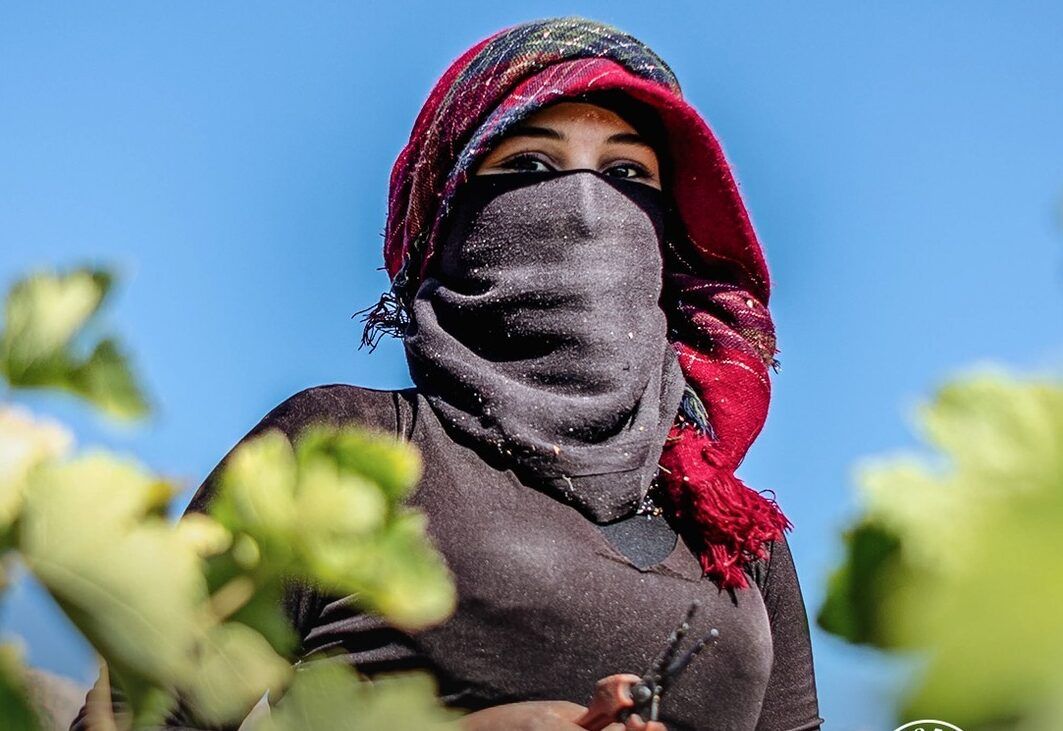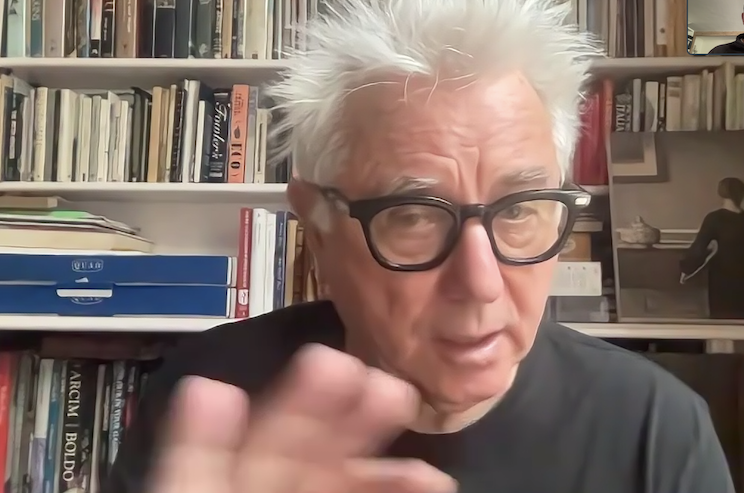“These are iconic wines, a little piece of France in the Middle East, classic in style and professionally made,” writes Keay about Chateau Ksara.
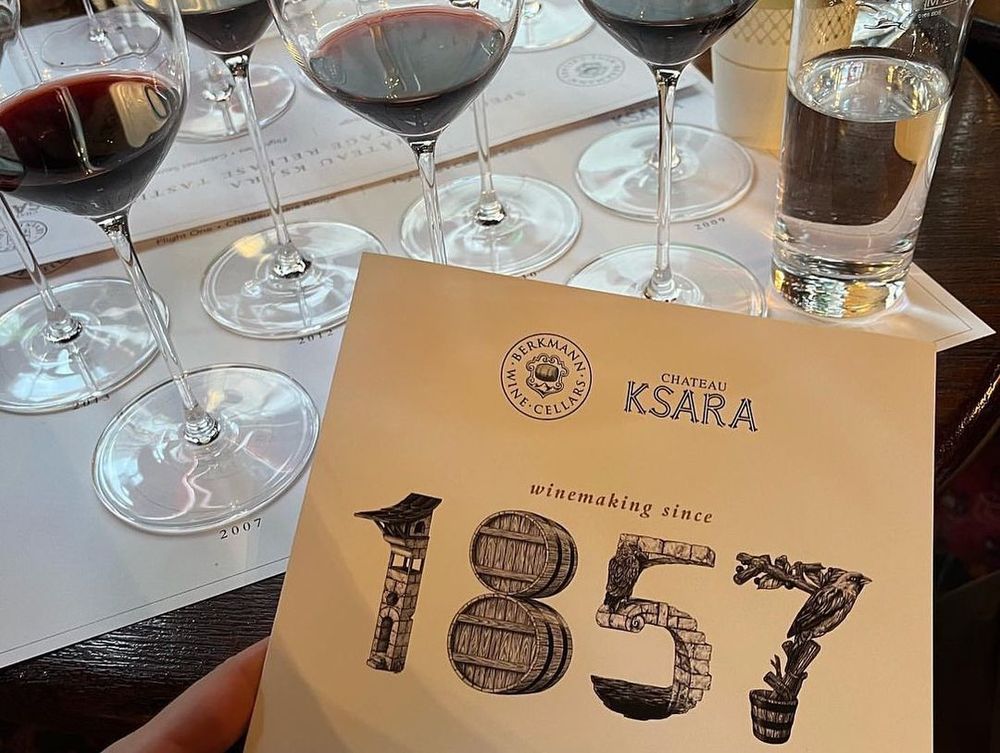
The Chateau Ksara tasting at London’s Boisdale was to celebrate 165 years of winemaking at the estate
What are the first words that spring to mind when you think of Lebanon, that tiny complex place around one third the size of Belgium, bordering Syria to its north and east, Israel to its south and the deep blue Med to its west? Perhaps “chaos and disorder,” might go some way to describe a country which in 2020 saw much capital destroyed by a massive explosion at Beirut port and the collapse of its Ponzi-style banking system, eviscerating most of the 7m-strong population’s savings. A dollar now buys you 40,000 Lebanese pounds at the black market rate against the official rate of 1500 (raised to 15,000 in November), inflation this year will near 180% – the second highest level in the world after Sudan – whilst the country’s squabbling, corrupt politicians carry on seemingly undisturbed by this devastating litany of failure.
Actually the words that come to mind for me are “balance, consistency and professionalism”, but then I’m talking about Lebanon’s wine industry. Despite the chaos impacting the wider economy, this has continued to flourish, with some 50 plus wine producers now making over 10 million bottles of wine from mainly French varietals. This is the legacy of the Jesuits who first planted Rhône vines in the southern Bekaa valley in the 19th century, following this with plantings of Bordeaux varietals in the 20th century.
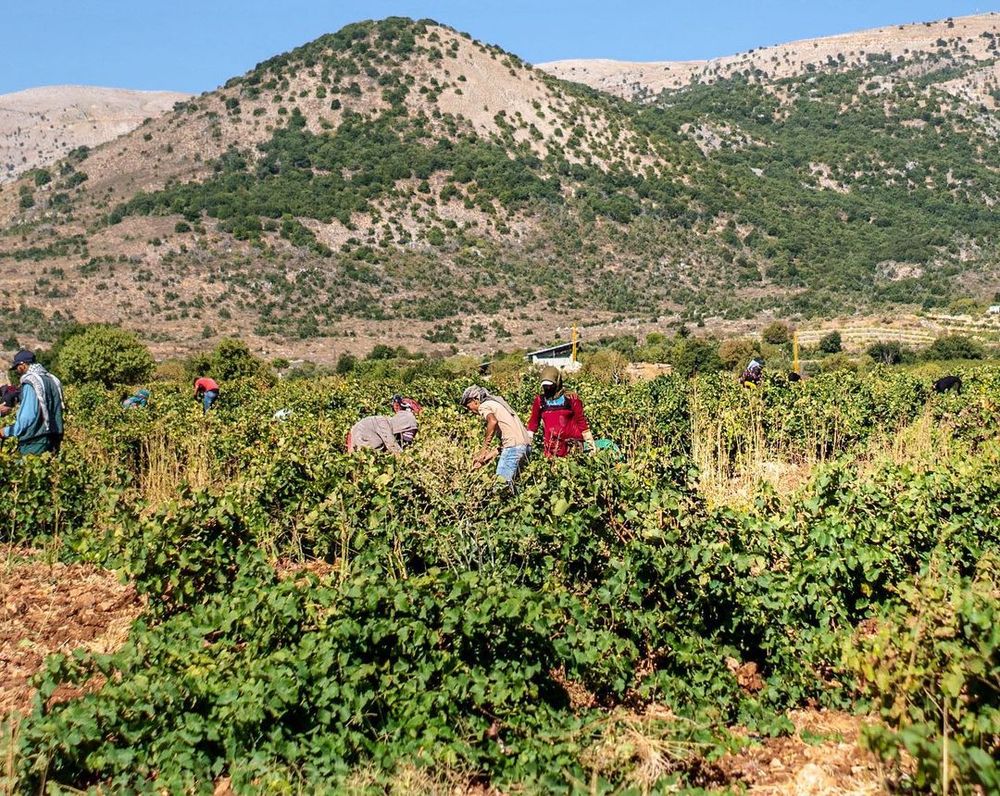
Carignan being picked in the Bekaa Valley
France’s legacy runs deep, with Lebanon a French protectorate between 1920-1946 and it has never really left the wine industry. Although some effort has been made to adopt lesser known French varieties into more “Lebanese style” wines – notably Carignan and Cinsault – it is the better known Bordeaux and Rhône grape varieties which are king, either blended or made as single varietals, in unashamed French style.
The UK trade was given the opportunity to taste fine examples of both of these approaches from Lebanon’s oldest winery, Chateau Ksara in late November. Hosted by George Sara, a co-owner, this was a rare vertical tasting of both the Cabernet Sauvignon cuvée and flagship wine Chateau, a Bordeaux blend comprising 60% Cab Sav, 30% Merlot and 10% Petit Verdot, with wines tasted from 2013, 2012, 2010 2009, 2007, 2006 and 2004.
“This is the first time I’ve ever come across all these vintages in one place,” admitted Michael Karam, author of several books on Lebanese wine, and co-hosting the tasting with Sara. Prompted by the desire to boost its presence in the UK trade – and also presumably to increase much-needed earnings of hard currency, all these wines are now available through Berkmann.

The tasting was to show the 2018 and library vintages of Chateau and Cabernet Sauvignon newly available to the UK market
So how were Cabernet Sauvignon and Chateau tasting?
As I suggested in my opener, consistency and balance are very much the order of the day, a deliberate winemaking approach which reinforces brand loyalty in the key home market in particular (domestically, Ksara is far and away the best known wine producer with its Reserve du Couvent and its white counterpart Blanc de L’Observatoire must-haves at any serious dinner table).
Back to Cabernet Sauvignon and Chateau, there is little colour variation between the vintages (the 2004 of each wine looked, frankly, as if it had been bottled a few years ago rather than 18), the wines are dry and medium bodied and the alcohol level of 13.5% is consistent throughout. This is wine as a predictable and highly professional thing, in a very volatile country, facing highly uncertain times. A big contrast then to Chateau Musar, famed for its eclectic style and its dramatic vintage variation – popular with its many aficionados abroad, but not so well known on the domestic market.
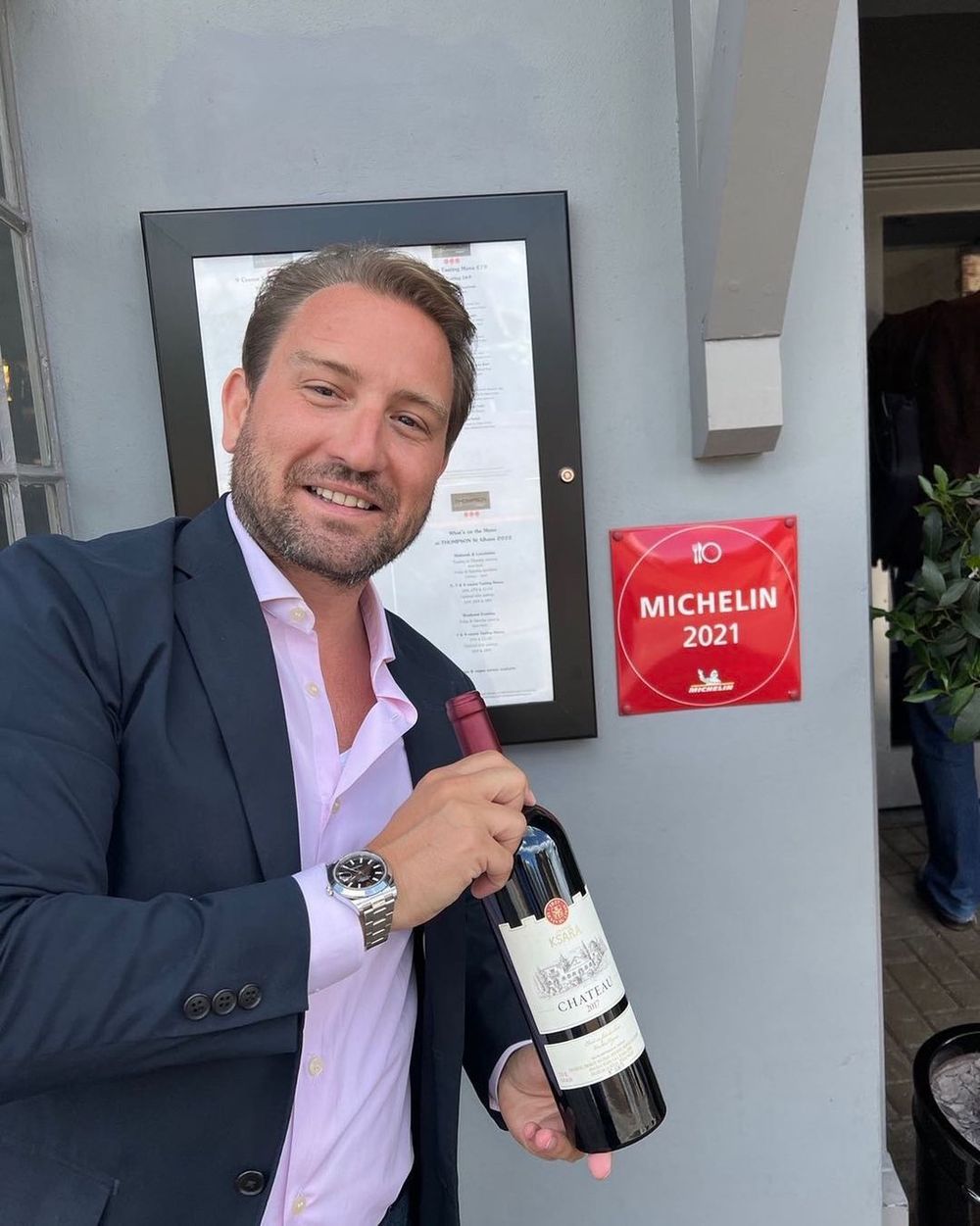
Continuity and balance: Chateau Ksara co-owner George Sara
“We are trying to give the consumer continuity of style and balance, particularly with these two wines,” says George Sara, co-owner of Chateau Ksara, adding that the absence of irrigation here and the altitude (grapes are planted at heights ranging from 900m to 2000m) add to the freshness and complexity of the wines. And to their great ageing potential – absolutely none of the wines tasted – or looked, or smelled ‘past it’ or tired.
The differences of course, lie in the vintage variation. Tasting through the range, the rainy vintages – particularly 2012 which saw 991mm of rain – showed through, with both the Cabernet Sauvignon and Chateau showing good acidity and tightness; the 2010s and 2006s, both hot years, with almost 40°C degrees on a few days in the Bekaa, showed good fruit and a somewhat heftier more New World style but still within Ksara’s clearly defined Old World parameters. I liked the 2007s which were elegant and quite fruit-driven, with cedar, bramble and red fruit evident on the palate supported by smooth tannins and balanced acidity; the 2009s – a vintage with intermediate levels of rain, 721mm against 504mm in 2006, the driest year – were also appealing, with the Cab Sav in particular showing a quite rounded style, with some vanilla and mountain herbs evident on the palate. The 2004s? Both, but especially the Cab Sav, were really nicely evolved, showing a strawberry charged nose and some tobacco and a hint of chocolate on the palate, and still really very fresh.
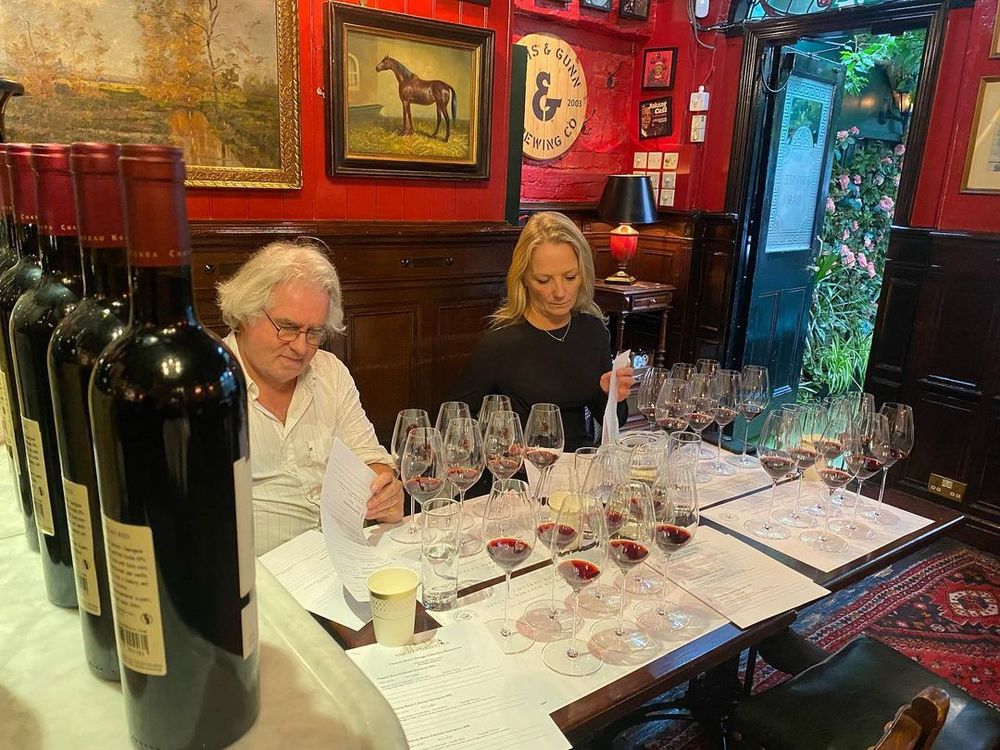
Justin Keay (alongside Decanter’s Lisa Riley) gets to grip with the wines
And how are the current vintages, the 2018s?
Both showed a lot of fruit and freshness, the Chateau in particular is very vibrant with red cherry and tobacco on the palate, with some coffee and chocolate showing through what is a long and generous finish. The Cab – which spends a year in oak barrels compared to the Chateau’s 18 months – is quite full-on with black cherries, chocolate and menthol, quite dry and full bodied but well balanced with good acidity. Both of these are very different animals to the older vintages, with freshness and accessibility to the fore.
Given a choice between the two ranges, for me the Chateau vintages show more complexity and character, with the vines clearly benefitting from what are east-facing clay and limestone soils and the wines from the 18 months spent in old and new oak and the additional one year in bottle pre-release. This, Chateau Ksara’s best known wine, has just celebrated 100 years and there’s no reason why it can’t do at least another 100. These are iconic wines, a little piece of France in the Middle East, classic in style and professionally made.
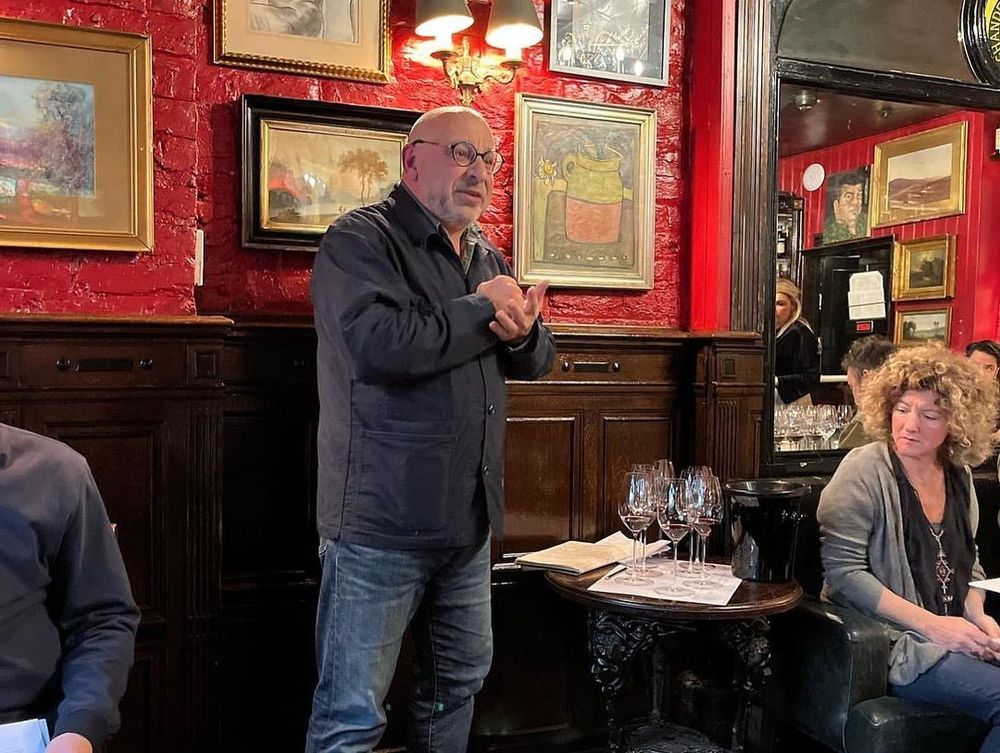
“Wines from what is now Lebanon were considered the grands crus of the ancient world.” Author Michael Karam gives the Ksara wines an historical context
The will to survive
However the elephant in the room for me at this tasting was just how Chateau Ksara – and indeed other producers like Musar, Kefraya and newcomers like IXSIR – survive and indeed flourish in such an adverse economic and political environment. Remember that Hizbollah’s stronghold is also in the Bekaa Valley, home to much of the wine industry – although in typically Lebanese fashion, the pro-Iranian group turns a blind eye – whilst producers are fully dependent on imports for just about every input, from bottles to corks to vineyard equipment, the cost of which have gone through the roof with the collapse of the Lebanese pound.
“We’re very adaptable people; we survived the crises of the 1970s and 1980s (when the civil war was raging) and hopefully we will see our way through this,” says Sara, adding that Chateau Ksara has generators to help it survive the frequent power cuts that are a consequence of the country’s bankrupt electricity utility EDL.
Dollarisation has also helped; Ksara and other producers operate in a dollar environment and have actually benefitted from the strong US dollar which has made imports from the Eurozone actually cheaper in real terms. So whilst not exactly flourishing in Lebanon’s devastated environment, they are doing well and keeping up with consumer trends.
Karam says white wines are the next big thing for Lebanon, and Chateau Ksara is no exception. Three whites are currently on the UK market, the Blanc d’Observatoire 2021 a blend of local grape Obeidy, Muscat, Clairette and Sauvignon, quite low key in style, with suggestions of marzipan and white flowers on the palate; the more complex Blanc de Blancs 2020, a blend of Sauvignon, Semillon and Chardonnay and Merwah 2020, a more recent addition to the range, quite spritzy, with notes of jasmine, lemon, peach and apple and nice balance. And there are two rosés and a full-on Carignan, showing Ksara are increasingly as happy working with other varieties as much as with Bordeaux and Rhône ones.
But the main story is the single vineyard Cabernet and the Chateau. These are wines which really showed well and which will continue to, because of what can only be termed as a certain indestructibility, or agelessness.
“In many ways these wines are like Lebanon; they don’t really move or change, but stay true to themselves,” says Karam.
